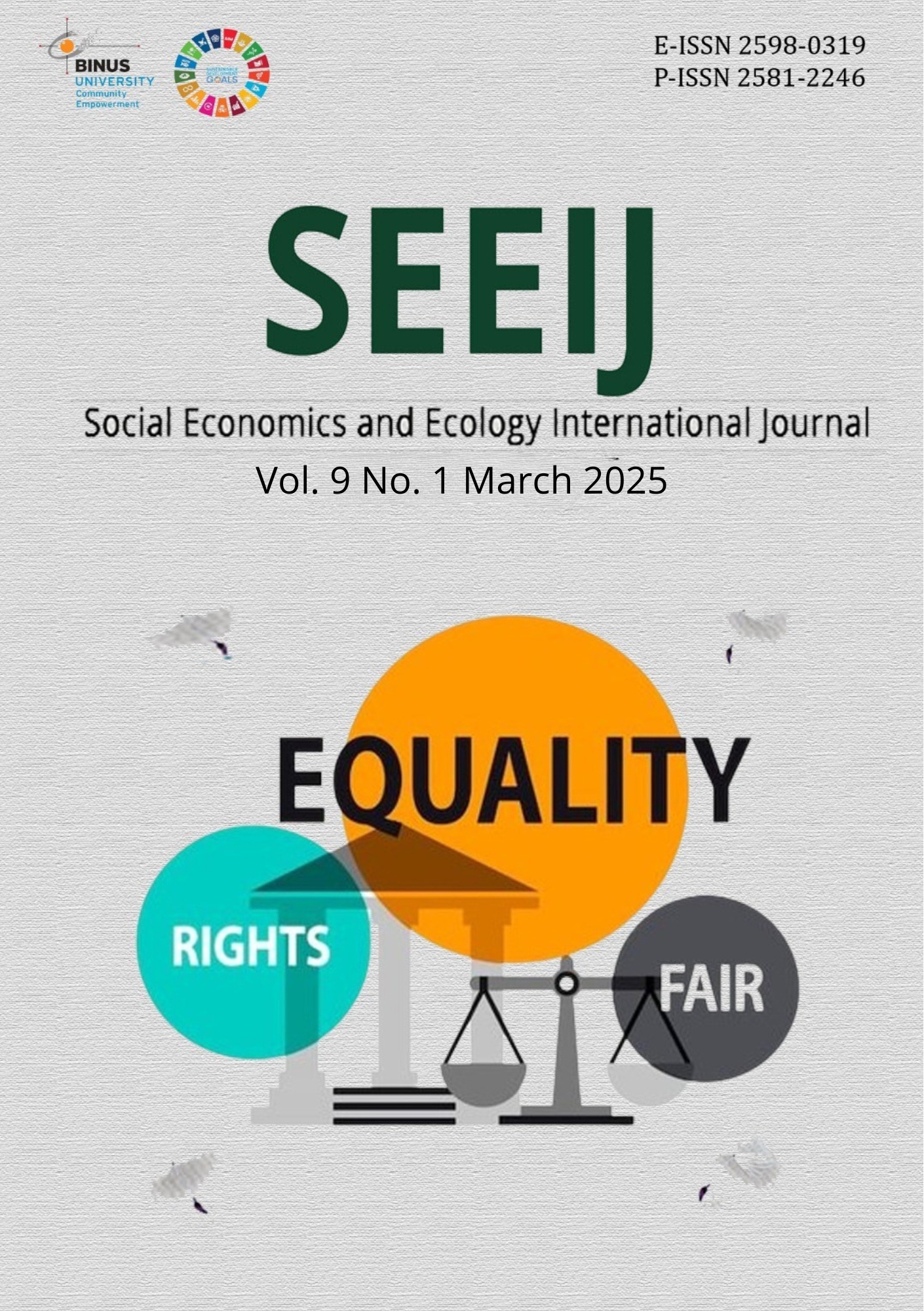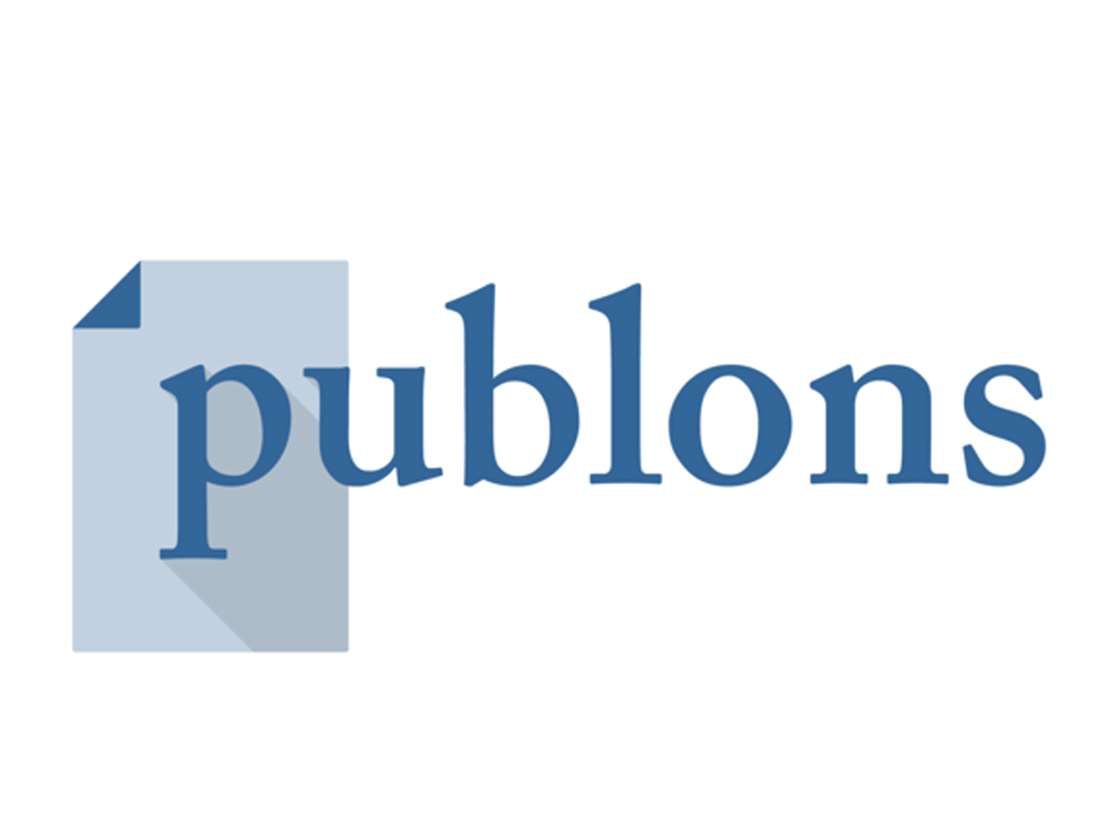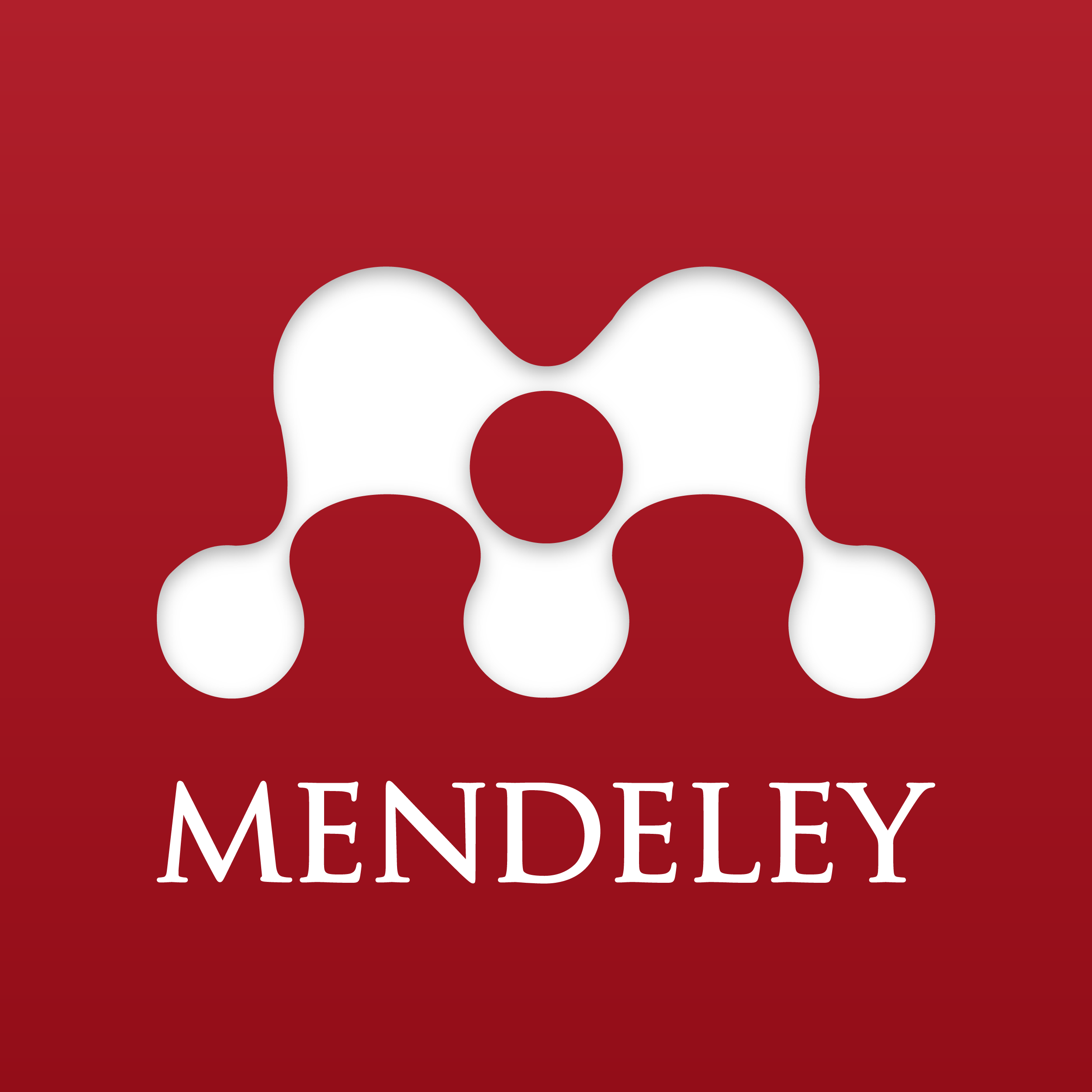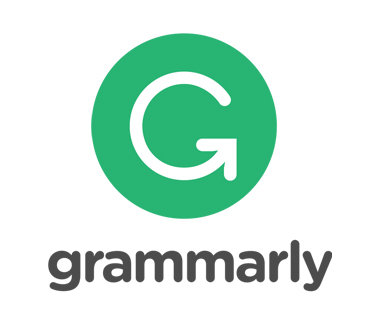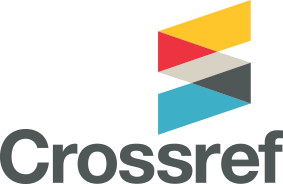FEASIBILITY ANALYSIS FOR HOSPITAL DEVELOPMENT USING COST-BENEFIT APPROACH: A CASE STUDY IN LEGOK DISTRICT, TANGERANG REGENCY
DOI:
https://doi.org/10.21512/seeij.v9i1.12918Keywords:
Cost-Benefit Analysis , Financial Feasibility, Hospital Development, Suburban Healthcare, Infrastructure InvestmentAbstract
This study evaluates the financial feasibility of hospital development in Legok District, Tangerang Regency, using a cost-benefit approach. The research aims to assess the economic viability of constructing healthcare infrastructure to address the region’s increasing demand for medical services. The findings indicate that the project is financially viable, with a Net Present Value (NPV) of IDR 1.2 billion, an Internal Rate of Return (IRR) of 20.30%, a Payback Period (PP) of 6 years, and a Benefit-Cost Ratio (BCR) of 2. Additionally, qualitative analysis based on stakeholder interviews confirms that the hospital will help meet the growing healthcare needs, particularly for prevalent diseases such as respiratory infections, hypertension, and gastritis. The study underscores the necessity of healthcare infrastructure development in rapidly growing suburban areas with inadequate medical facilities. Despite limitations in financial projections and interview scope, the results affirm the project's feasibility and strategic importance. The study recommends sustained government support, private sector involvement, and further research to ensure long-term sustainability.
References
Boardman, Anthony E., Greenberg, David H., Vining, Aidan R., & Weimer, David L. 2018. Cost-Benefit Analysis: Concepts and Practice. Cambridge University Press. Volume 5, pp. 112-136. https://doi.org/10.1017/CBO9780511808616
Drummond, Michael F., Sculpher, Mark J., Claxton, Karl, Stoddart, Greg L., & Torrance, George W. 2015. Methods for the Economic Evaluation of Health Care Programmes. Oxford University Press. 4th Edition, pp. 88-104. https://doi.org/10.1093/med/9780199665884.001.0001
World Health Organization (WHO). 2020. Health Systems Strengthening: Assessing Cost-Effectiveness of Healthcare Interventions. WHO Technical Report Series. Volume 11, pp. 1-20. https://www.who.int/publications/2020/health-systems-cost-effectiveness
Kementerian Kesehatan Republik Indonesia. 2023. Laporan Data Epidemiologi Kabupaten Tangerang. Jakarta: Kementerian Kesehatan RI. Available at https://kesmas.kemkes.go.id/2023/tangerang-data-epidemiologi
Samuelson, Paul A., & Nordhaus, William D. 2021. Economics. McGraw-Hill Education. 21st Edition, pp. 205-220. https://www.mheducation.com/economics-samuelson-2021
Bevan, Gwyn., & Hollingsworth, Bruce. 2016. "Measuring Efficiency in Health Care: Analyzing Hospital Performance." Journal of Health Economics. Volume 45, pp. 123-136. https://doi.org/10.1016/j.jhealeco.2016.01.002
OECD. 2022. Health at a Glance 2022: OECD Indicators. Paris: OECD Publishing. https://doi.org/10.1787/health_glance-2022-en
Glick, Henry A., Doshi, Jalpa A., Sonnad, Seema S., & Polsky, Daniel. 2014. Economic Evaluation in Clinical Trials. Oxford University Press. https://doi.org/10.1093/acprof:oso/9780199685028.001.0001
Andersen, Ronald M. 1995. "Revisiting the Behavioral Model and Access to Medical Care: Does It Matter?" Journal of Health and Social Behavior. Volume 36, Issue 1, pp. 1-10. https://doi.org/10.2307/2137284
Hutubessy, Raymond., Chisholm, Dan., & Tan Torres-Edejer, Tessa. 2003. "Generalized Cost-Effectiveness Analysis for National-Level Priority-Setting in the Health Sector." Cost Effectiveness and Resource Allocation. Volume 1, Article 8. https://doi.org/10.1186/1478-7547-1-8
Downloads
Published
How to Cite
Issue
Section
License
Copyright (c) 2025 Budi Prayogi, Vebri Lubis

This work is licensed under a Creative Commons Attribution-NonCommercial 4.0 International License.
The Authors submitting a manuscript do so on the understanding that if accepted for publication, copyright of the article shall be assigned to SEEIJ Community Development Academic (CDA) Bina Nusantara University as publisher of the journal.
Copyright encompasses exclusive rights to reproduce and deliver the article in all form and media, including reprints, photographs, microfilms and any other similar reproductions, as well as translations. The reproduction of any part of this journal, its storage in databases and its transmission by any form or media, such as electronic, electrostatic and mechanical copies, photocopies, recordings, magnetic media, etc., will be allowed only with a written permission from SEEIJ Community Development Academic (CDA) Bina Nusantara University.
SEEIJ Community Development Academic (CDA) Bina Nusantara University, the Editors and the reviewer make every effort to ensure that no wrong or misleading data, opinions or statements be published in the journal. In any way, the contents of the articles and advertisements published in the SEEIJ are sole and exclusive responsibility of their respective authors and advertisers.

This work is licensed under a Creative Commons Attribution-NonCommercial 4.0 International License.
